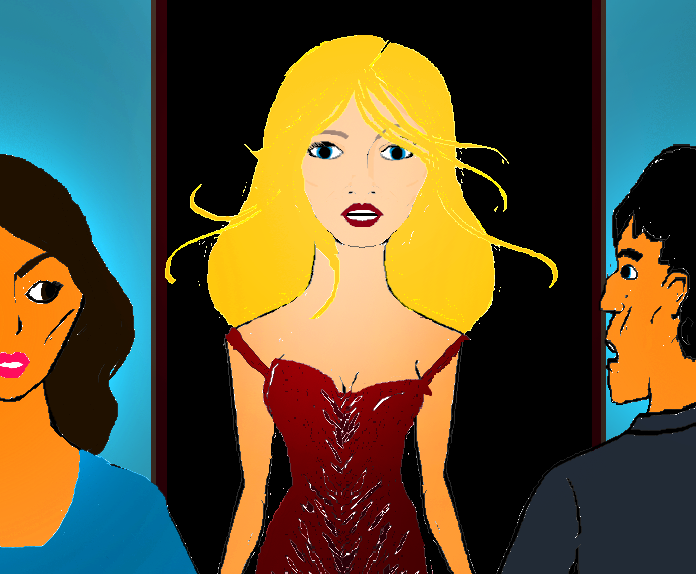

Apathetic or withdrawn, less engaged in activities.But it fails to include these other, qualitatively different symptoms: SCT symptoms (preliminary research criteria) They capture problems with persistence, distractibility and disorganization. The predominantly inattentive presentation (ADHD-I) in DSM 5 is restricted to the official inattention symptoms (see table above) and only to those. a predominantly hyperactive-impulsive presentation (ADHD-HI).a predominantly inattentive presentation (ADHD-I).and not be better explained by another mental disorder.īased on the above symptoms, three types of ADHD are defined:.clearly interfere with social, school, or work functioning,.occur often and be present in at least two settings,.avoids tasks requiring long mental effort.appears to not listen when spoken to directly.

It includes demonstrating six or more of the following symptoms of inattention or hyperactivity-impulsivity (or both). Formal diagnosis is made by a qualified professional. ĪDHD is the only disorder of attention currently defined by the DSM-5 or ICD-10. Some have encouraged the use of the term concentration deficit disorder ( CDD) for SCT because it may be more appropriate and less derogatory. But SCT alone is also present in the population and can be quite impairing in educational and occupational settings, even if it is not as pervasively impairing as ADHD. If SCT and ADHD occur together, the problems add up: Those with both (ADHD + SCT) had higher levels of impairment and inattention than adults with ADHD only, and were more likely to be unmarried, out of work or on disability. It even may be useful as an overarching concept that cuts across different psychiatric disorders (much like emotional dysregulation, for example). Others dismiss it altogether or believe it is a distinct symptom group within ADHD (like Hyperactivity, Impulsivity or Inattention). Therefore, some psychologists and psychiatrists view it as a separate mental disorder. But new studies found it also in some people with the other two ADHD subtypes – and in individuals without ADHD as well. Originally, SCT was thought to occur only in about one in three persons with the inattentive subtype of ADHD, and to be incompatible with hyperactivity. The SCT symptoms are clinically relevant as they seem linked to a poor treatment response to methylphenidate. But it is clear now that this set of symptoms is important because it independently has a negative impact on functioning (such as a diminished quality of life, increased stress and suicidal behaviour, as well as lower educational attainment and socioeconomic status ). SCT has been a subject of controversy for decades and debate about its nature still continues. Typical symptoms include prominent dreaminess, mental fogginess, hypoactivity, sluggishness, staring frequently, inconsistent alertness and a slow working speed. Sluggish cognitive tempo ( SCT) is a syndrome related to attention deficit hyperactivity disorder (ADHD) but distinct from it. Medical condition Sluggish cognitive tempo


 0 kommentar(er)
0 kommentar(er)
